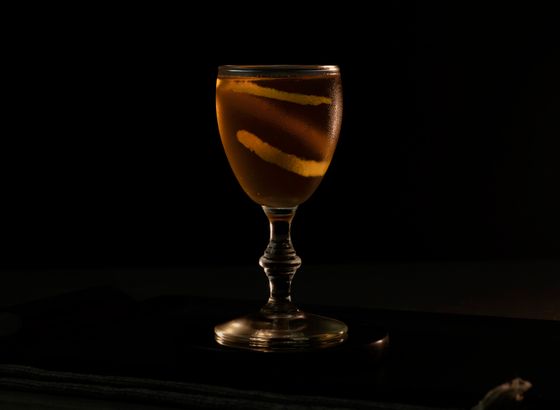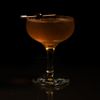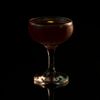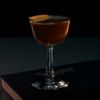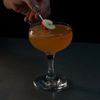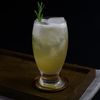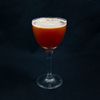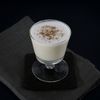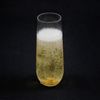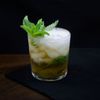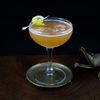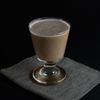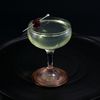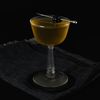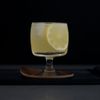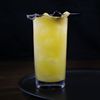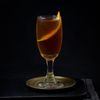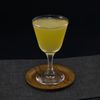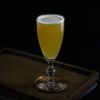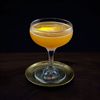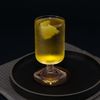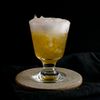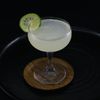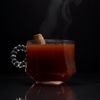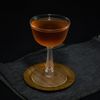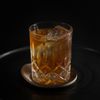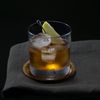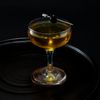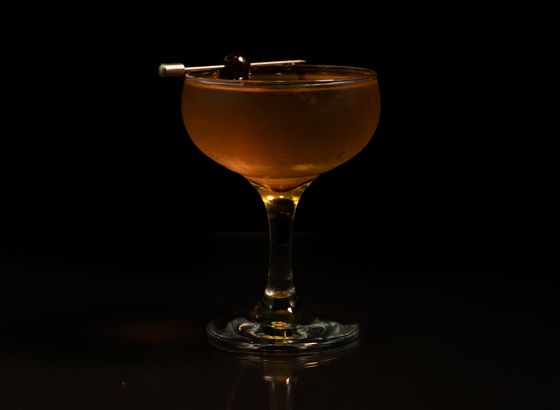
No. 223: Metropole

No. 96: Conifer

No. 193: Star
brandy
Composed of a wide gamut of fruit-based distillates, the brandy family is one of the fundamental base spirits

In broad terms, Brandy refers to a distilled spirit made from the fermented juice, mash, or wine of fruit. While the long tradition of French grape brandies has historically received much of the attention, it is in fact a global family of spirits. According to Brandy: A Global History the most popular theory regarding the spirit’s commercial origins revolves around Dutch merchants distilling wine as a preservation method and as a way to make it easier to transport.
Brandies made from wine include Cognac, Armagnac, Brandy de Jerez and Pisco. Brandy has a traditional age grading system, although its use is unregulated outside of Cognac and Armagnac, and frankly it’s not of much use when selecting for mixing. South American pisco has been produced in Peru since the 17th century. Pomace Brandy, such as grappa, is made from the pressed grape pulp, skins, and stems that remain after the grapes are pressed for wine. Fruit brandy, other than grape brandy, derived from one variety of fruit, is most commonly designated as “brandy” qualified by the name of said fruit. Clear fruit brandies, or eau-de-vie, are traditionally un-aged, resulting in a dry, aromatic, highly concentrated fruit flavor. These spirits are typically served at the end of a meal, or between courses.
The first brandies made in the United States used a variety of ingredients, but two of the more popular during the Colonial Age were peach brandy, mainly produced in what is now the southern US, and applejack distilled from cider, which originated on the east coast. Imported European brandies were the spirit of choice among wealthy North Americans, particularly southerners, but after the civil war that market fizzled. The availability of cheap rum, a growing taste for homegrown bourbon and rye, and a plague induced reduction in Cognac, all opened the door for new world spirits. On the west coast, Pisco was imported into the San Francisco area during the seventeenth and eighteenth centuries. Demand increased during California’s Gold Rush in the mid-nineteenth century and while it experienced increasing popularity throughout the rest of the century, Prohibition effectively destroyed the pisco market in the U.S.
By the 1800s brandy—usually Cognac—became popular as the base of American cocktails. The spirit is responsible for some pivotal moments in cocktail history, such as founding the Sour family (Brandy Crusta) or serving as the base of the the first mixed drink to be named something other than “Whiskey Cocktail” or “Brandy Cocktail” (Japanese). The early twenty-first century has once again seen a surge in popularity of a wide variety of brandies. At this point, unless otherwise specified, when a cocktail calls for brandy one generally reaches for Cognac, but it’s far from the only variety embraced in cocktails. Pisco has gained dramatically in popularity in recent years, with entire bar programs now focused on the spirit. Apple brandy has been embraced by many small American distillers, as well as a diverse range of fruit brandies in general, and there is an increasing variety available alongside their traditional European kin, ready to provide a respectable fruity boost to cocktails both new and old.
cognac • 12 recipes »
Rich, nutty, and sweet: Cognac is our go to brandy for mixing. It is a grape brandy double distilled and aged in oak in the Cognac region of France, entitled to be so designated by the laws and regulations of the French Government. It is double distilled in pot stills, then aged in oak barrels, which contributes to the drink’s complex flavor. Cognac is a pricey ingredient, so if you’re not in the market to spend, you’re better off trying a recipe designed for a different base spirit. Cognac is relatively versatile and well suited for split base cocktails like the classic Vieux Carre, Sidecar, or tiki’s Fog Cutter. It is most often employed as the base of spirit-forward pre-prohibition drinks, like the Sazerac and Champs Elysees and as the rich base of creamy drinks like nogs, the Brandy Alexander and Milk Punch. For a lighter approach, it is an excellent addition to classics like the Champagne cocktail.
pisco • 5 recipes »
Pisco is a South American clear to amber-colored grape brandy produced in specific winemaking regions of Peru and Chile. It is done so in accordance with the laws and regulations of the country of manufacture. The more commonly available Peruvian pisco is produced only using copper pot stills, aged for a minimum of 3 months in vessels that do not alter its properties, and distilled at bottle strength. Peruvian Pisco can fall into various classifications, reflecting rules for the area of production, the types and quality of grapes, and the distillation and aging of the spirit. The classic treatment of the spirit—the pisco sour—is so beloved that both countries claim it as their national drink. The spirit can be a bit acidic and difficult to mix, but its colorful bouquet of fruity-nuttiness has been picked up for creative spins on classics like the Fair Harvard or Maggie Smith. Depending on the style of pisco, flavor profiles can vary significantly. For bigger, earthier flavors we’ve used Pisco Porton, which stands up to other ingredients nicely. For lighter, more floral qualities we like Campo De Encanto Pisco.
apple brandy • 12 recipes »
Apple Brandy is composed of 100% distilled cider apples. Calvados is an apple brandy hailing from France, specifically the Normandy region. These are aged in oak casks for at least 2 years and lean towards nuanced, fleshy, and layered flavor. American apple brandy generally comes in two forms: either aged in various kinds of barrels, resulting in a rich, spicy brandy; or fresh un-aged eau de vie. American apple brandies are often confused with applejack, a historically unaged spirit produced by freeze distillation and one of the oldest continuously produced spirits in the United States. Most contemporary applejack is produced through distillation and mixed with other neutral grain spirits, resulting in a thinner, fairly brash interpretation. For many years Lairds was one of the few American apple brandies on the market. Thankfully, there is now an increasing variety of quality options from small distillers.
apricot brandy • 3 recipes »
This ingredient can cause some confusion. For mixing, there are two options: a sweet apricot liqueur, which may or may not have a brandy base, and an apricot eau de vie, a clear fruit brandy. We often use them interchangeably, but in some recipes, the eau-de-vie will require some tinkering with sweetness proportions, as it’s rather dry. This brandy's vibrant flavor and spice notes make it a popular fruit brandy for mixing. It’s also our preferred substitute for historical recipes that call for similar stone fruit liquors, such as peach brandy.
pear brandy • 5 recipes »
This classic style of eau-de-vie and popular French digestif has a brash unaged character. A cynical review may compare it to fruit flavored paint thinner. However, in small doses it is delicious mixed into autumn and winter inspired drinks. There are several great types of pear brandy lining better liquor store shelves: we like the American distilled St. George and Clear Creek. If you are looking for something a bit more exotic, we were recently turned on to the lovely F. Meyer Poire William.


No. 223: Metropole
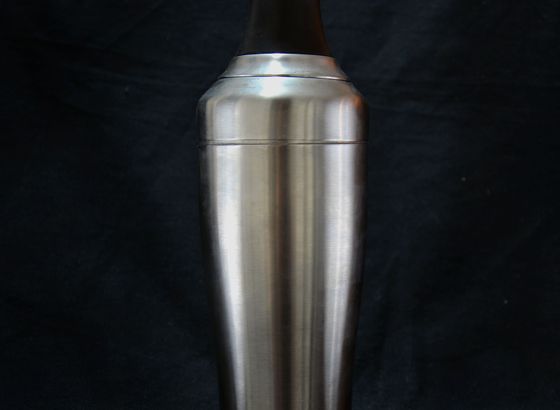
No. 224: Good Enough Gatsby
